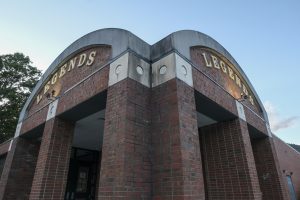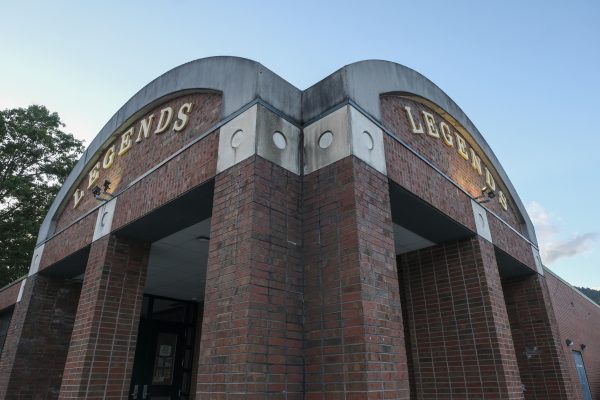OPINION: Thrifting has been gentrified
November 30, 2021
It is no secret thrifting has surged in popularity over the last couple of years. People who would have never entered a thrift shop a few years ago are now routine customers. Shopping second-hand is cost-effective and beneficial for the environment, but it seems a lot of shoppers’ intentions are not that simple. Opportunistic shoppers are contributing to the gentrification of thrifting.
Gentrification is the purchasing of run-down areas or neighborhoods and rebuilding them to appeal to higher-income businesses and families. In the case of thrifting, gentrification is the ever-growing business of going to thrift stores, buying things of value, and reselling for a profit. In other words, taking the practice of secondhand shopping, historically utilized by low-income people, and popularizing it to appeal to the richer population. The people who do this, in an attempt to normalize their business practices, have opted to call themselves “curators.” The simple business model has turned the world of thrifting upside down for multiple reasons.
Recently, resellers sell their thrifty finds on Depop, an online platform for buying and selling second-hand clothes. Items that could be from a thrift store for under $10 are selling for $50 or more. Not to mention, the beneficial aspects of buying secondhand are diminished by online resellers who contribute to shipping-related pollution and use unsustainable packing materials.
As reselling thrift store finds become more prevalent, thrift stores across the nation are noticing the increased demand for secondhand items, which allows them to increase their prices. Resellers will continue to participate in thrift shopping because of the ridiculously high-profit margins, so the price increases are not stopping them from continuing their business. However, low-income secondhand shoppers have suffered because of the increasing popularity of thrifting and reselling. Low-income consumers have depended on thrift stores for affordable apparel and household items for decades, tracing back to The Great Depression, and they are tremendously affected by these price increases. Thrift stores used to be places where clothes were affordable, usually less than $3 to $4. However, now those same thrift stores have prices comparable to bargain retail stores such as Ross Dress For Less and TJ Maxx. The priciness of second hand stores has also made its way to Boone. Anna Banana’s, a popular second hand store on King Street, is often as expensive or more expensive than retail stores.
Finding affordable clothing is becoming increasingly difficult, hence the resurgence of fast fashion. If shopping secondhand costs the same as getting a new piece of clothing off of Shein, a fast fashion clothing site, then most people will opt to get that new piece of clothing. The gentrification of thrifting is proving to have detrimental ramifications on the environment, even though thrifting is supposed to be sustainable.
Thrifting has become enjoyable and exciting for everybody, whether or not it is done out of necessity. I am not asking anybody to quit thrifting at all. In fact, one version of the buy and sell business model entails the upcycling or repurposing of thrifted clothes. Putting in the time and work to upcycle an old T-shirt and then sell it is different than upcharging a T-shirt bought and sold as-is. The artistry and originality upcycling requires separates these sellers from their gentrifying counterparts. The issue lies with those who buy out thrift stores with the intention to resell without adding any value to these items. Those who put easy profit over compassion for the environment and the people who need to shop second hand compromise the integrity of thrifting.











Kyleion Woodard • Jan 20, 2022 at 7:02 pm
Absolutely true and im glad you brought attention to it I loved Reading it- Kyleion❤️